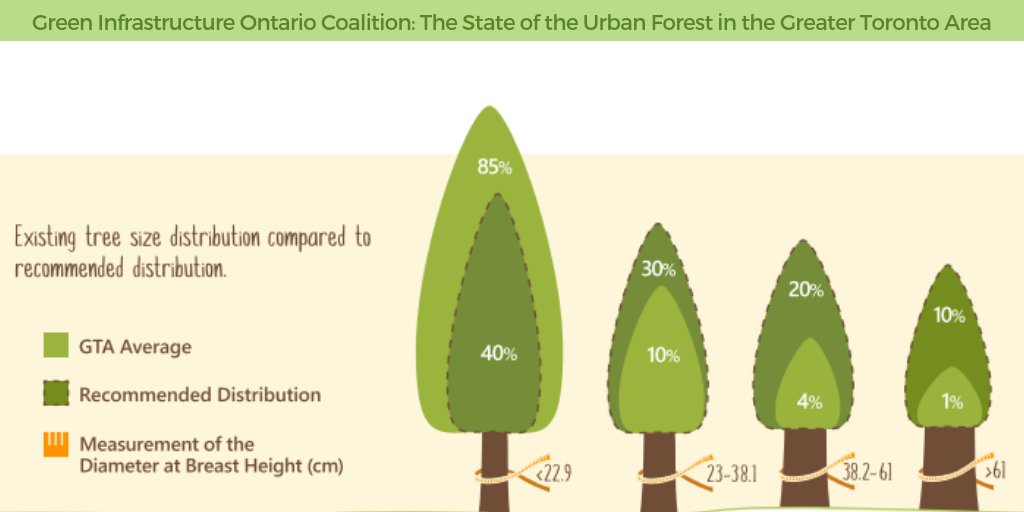Following Tree Elimination, It Is Vital To Look After Your Landscape To Ensure Its Restoration; Uncover The Important Actions To Rejuvenate Your Area And Stop Future Difficulties
Following Tree Elimination, It Is Vital To Look After Your Landscape To Ensure Its Restoration; Uncover The Important Actions To Rejuvenate Your Area And Stop Future Difficulties
Blog Article
Post Written By-Graham Massey
After a tree's elimination, your landscape may look rather various, and it's vital to evaluate the after-effects meticulously. https://www.bobvila.com/slideshow/1-dozen-ways-to-make-the-most-of-a-small-yard-47534 'll wish to examine the soil disruption and check surrounding plants for any signs of stress and anxiety. Neglecting these elements can bring about bigger problems down the line. So, what should you finish with those stumps and roots? And how do you pick the very best plants for your rejuvenated area? Let's explore these important actions.
Evaluating the Aftermath: Assessing Your Landscape
After a tree removal, it's essential to assess your landscape to recognize the impact it carries your yard.
Start by examining the area where the tree stood. Seek signs of soil disturbance, and check the surrounding plants for any stress and anxiety or damages.
You should also make note of just how the removal has transformed sunshine direct exposure and airflow in your yard. This shift can influence the growth of close-by plants, so it's vital to assess their health and wellness.
Think about the visual facets too; the elimination could develop an open space that you can revamp.
Ultimately, consider any kind of potential erosion concerns that could occur from the tree's absence. Dealing with these variables early will help bring back balance to your landscape.
Dealing With Stumps and Origins: Options for Removal
As soon as you've evaluated the results of the tree elimination, you'll likely need to take on the stump and roots left behind.
You have a couple of alternatives for removal. One efficient method is stump grinding, where a professional utilizes a device to grind the stump to below ground degree. This technique leaves marginal interruption to your landscape.
If you prefer a DIY method, you can use a combination of excavating and chemical stump removers. Simply remember, this process can take some time and initiative.
Conversely, take into consideration leaving the stump as an all-natural attribute, which can function as an unique garden aspect or environment for wildlife.
Whatever you select, addressing the stump and roots is necessary for recovering your landscape.
Selecting the Right Plants for Your New Area
As you evaluate your freshly cleared area, choosing the right plants can dramatically enhance your landscape's appeal and functionality.
Beginning by thinking about the sunshine and soil conditions. For sunny locations, go with drought-resistant plants like lavender or succulents. In shaded places, brushes and hostas flourish well.
Think about the dimension and growth routines of your plants; mix perennials and annuals for seasonal range. Don't forget to integrate native types; they call for much less maintenance and support local wildlife.
Group plants in odd numbers for an extra natural appearance and produce layers for aesthetic deepness.
Lastly, guarantee you have a mix of shades and textures to keep your landscape vivid throughout the seasons.
Satisfied growing!
Final thought
Finally, restoring your landscape after tree removal is a satisfying process. By evaluating the aftermath, resolving stumps and roots, and selecting the right plants, you'll produce a thriving setting. Do not neglect to include erosion control steps to safeguard your soil. With Trimming Pine Trees Lower Branches and treatment, you can transform your area into a vivid yard that boosts your residential property. Welcome the chance to invigorate your landscape and appreciate the charm of nature right in your yard!
